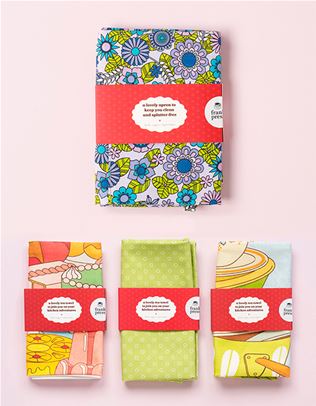full recipe – semolina cake with yoghurt, lemon and chamomile syrup
Chef, curator and enthusiast of food history Carolina Doriti dishes up a delectable dessert called Yiaourtini from the Greek island of Lesvos.
Another island with an incredible cuisine is Lesvos, known for its fantastic local products like olive oil, olives, ouzo, seafood and dairy products – particularly their lovely cheeses and amazing sheep’s milk yoghurt. Yoghurt is used in many local recipes, from sauces and dips to wonderful desserts such as this cake called Yiaourtini – named after yiaourti, the Greek word for yoghurt.
This traditional cake is made with a mix of flour and fine semolina, which absorbs syrup better and faster. If you can’t get hold of semolina, simply replace it with plain (all-purpose) flour. After the cake is baked, it’s drizzled with syrup infused with lemon and chamomile, both of which grow abundantly on Lesvos. I use a silicone Bundt cake mould because it’s easier to add the syrup to the cake without the risk of it sticking to the mould.
Serves 4
INGREDIENTS
For the cake
200g butter, softened – plus extra for greasing the cake mould
100g plain (all-purpose) flour
1 teaspoon baking powder
Pinch of salt
5 eggs at room temperature (yolks and whites separated)
150g granulated sugar
100g fine semolina
1 teaspoon grated lemon zest
1 teaspoon vanilla extract
200g Greek yoghurt
For the syrup
3 tablespoons fresh lemon juice
3 to 4 thin slivers lemon rind (avoiding the bitter white pith)
200g granulated sugar
1 1/2 tablespoons dried chamomile (or use 4 to 5 chamomile tea bags)
To serve
Vanilla ice cream (optional)
METHOD
Grease the base and sides of a 20cm silicone Bundt cake mould with a little butter.
First, make the syrup to allow it to cool to room temperature by the time the cake is ready. Place the lemon juice, lemon rind, sugar and chamomile in a saucepan over a medium heat, pour in 250ml water and gently simmer for 5 to 6 minutes, stirring occasionally, until the sugar has dissolved.
Remove from heat and let the syrup stand covered for 10 minutes. Strain the syrup through a fine sieve (strainer) and let it stand uncovered to cool to room temperature.
Preheat the oven to 180°C/160°C fan.
Sift the flour, baking powder and salt into a large bowl. In a grease-free bowl, beat the egg whites until they form a stiff meringue. Set both aside.
In a separate bowl, beat the butter and sugar until pale and creamy. Add the egg yolks one at a time, mixing well after each addition. Stir in the lemon zest, vanilla extract and yoghurt until combined. Using gentle movements, fold in the meringue with a silicone spatula. While gently mixing, gradually sprinkle in the flour mixture, followed by the semolina. Once everything is well incorporated, pour the batter into the prepared cake mould. Shake the mould to distribute the batter evenly.
Bake the cake in the hot oven for 50 to 60 minutes or until golden brown. Check for doneness by inserting the tip of a sharp knife; it should come out clean.
Drizzle the syrup over the cake while it’s still very hot and in the mould, a tablespoon at a time, ensuring it is evenly distributed. Once all the syrup has been added, let the cake cool down to fully absorb the syrup. Remove the cake from the mould and place it on a serving platter, then serve it plain or with scoops of vanilla ice cream. Images and text from The Greek Islands Cookbook by Carolina Doriti, photography by Manos Chatzikonstantis. Murdoch Books RRP $39.99.
Images and text from The Greek Islands Cookbook by Carolina Doriti, photography by Manos Chatzikonstantis. Murdoch Books RRP $39.99.














.jpg&q=80&w=316&c=1&s=1)













.jpg&q=80&w=316&c=1&s=1)










